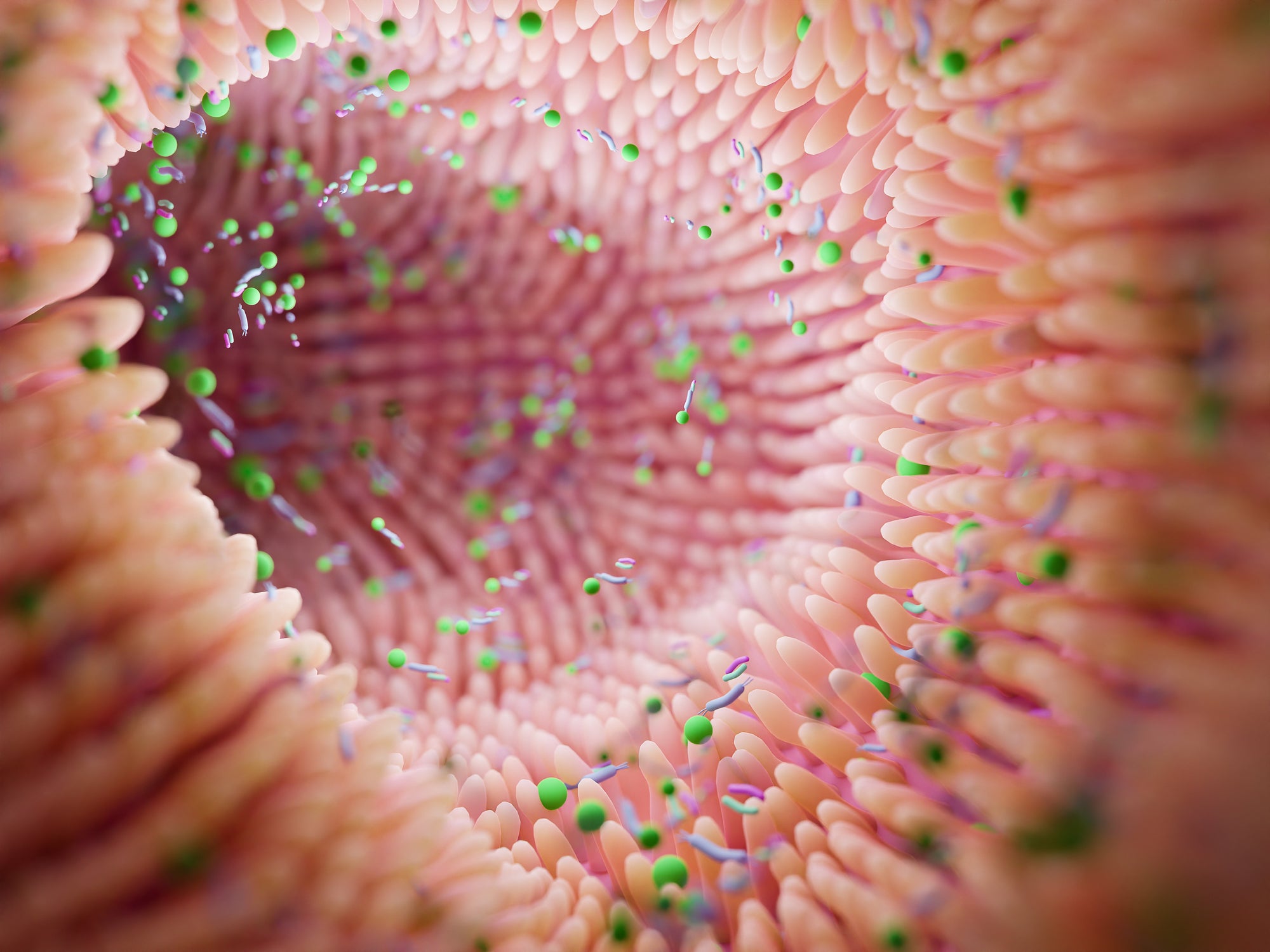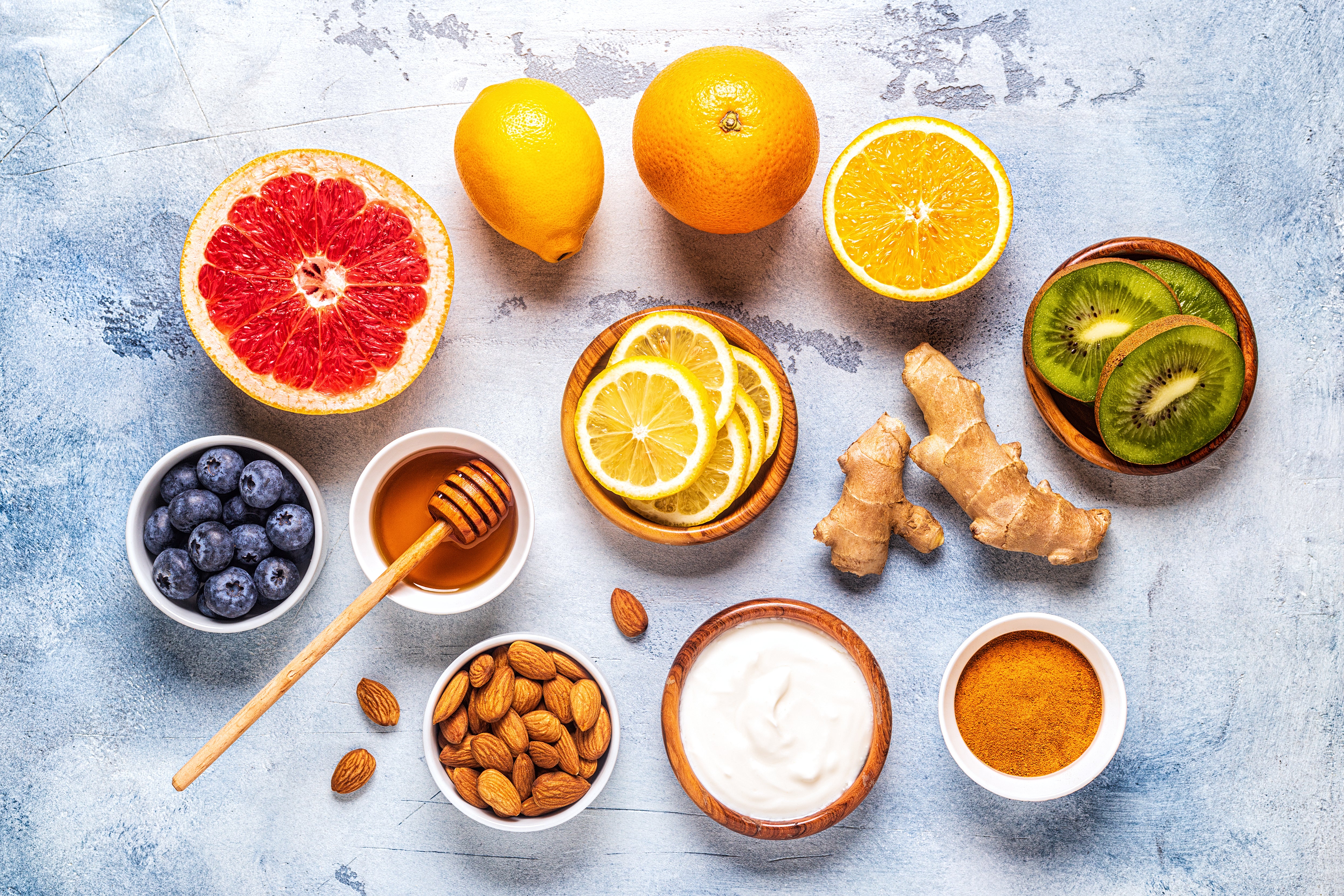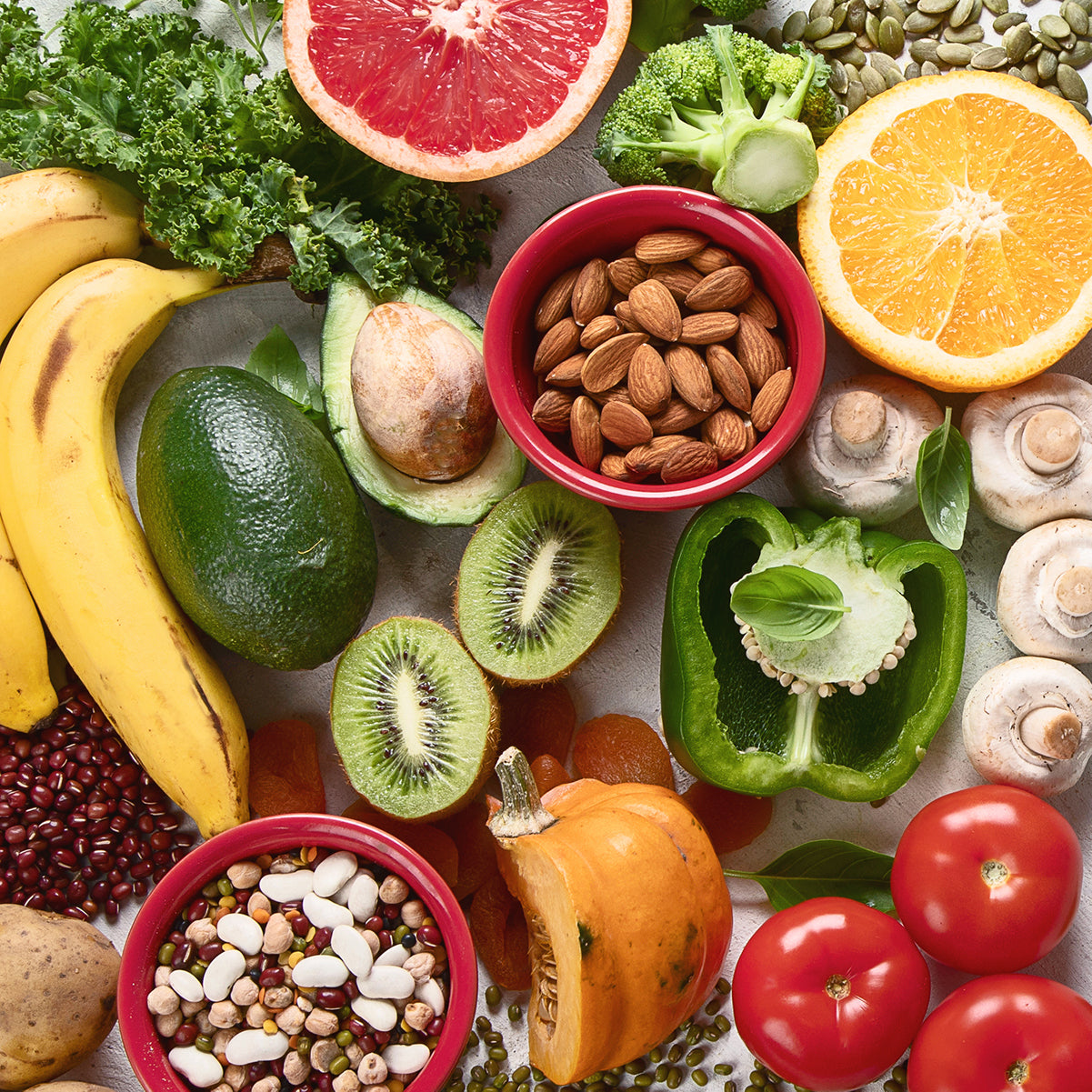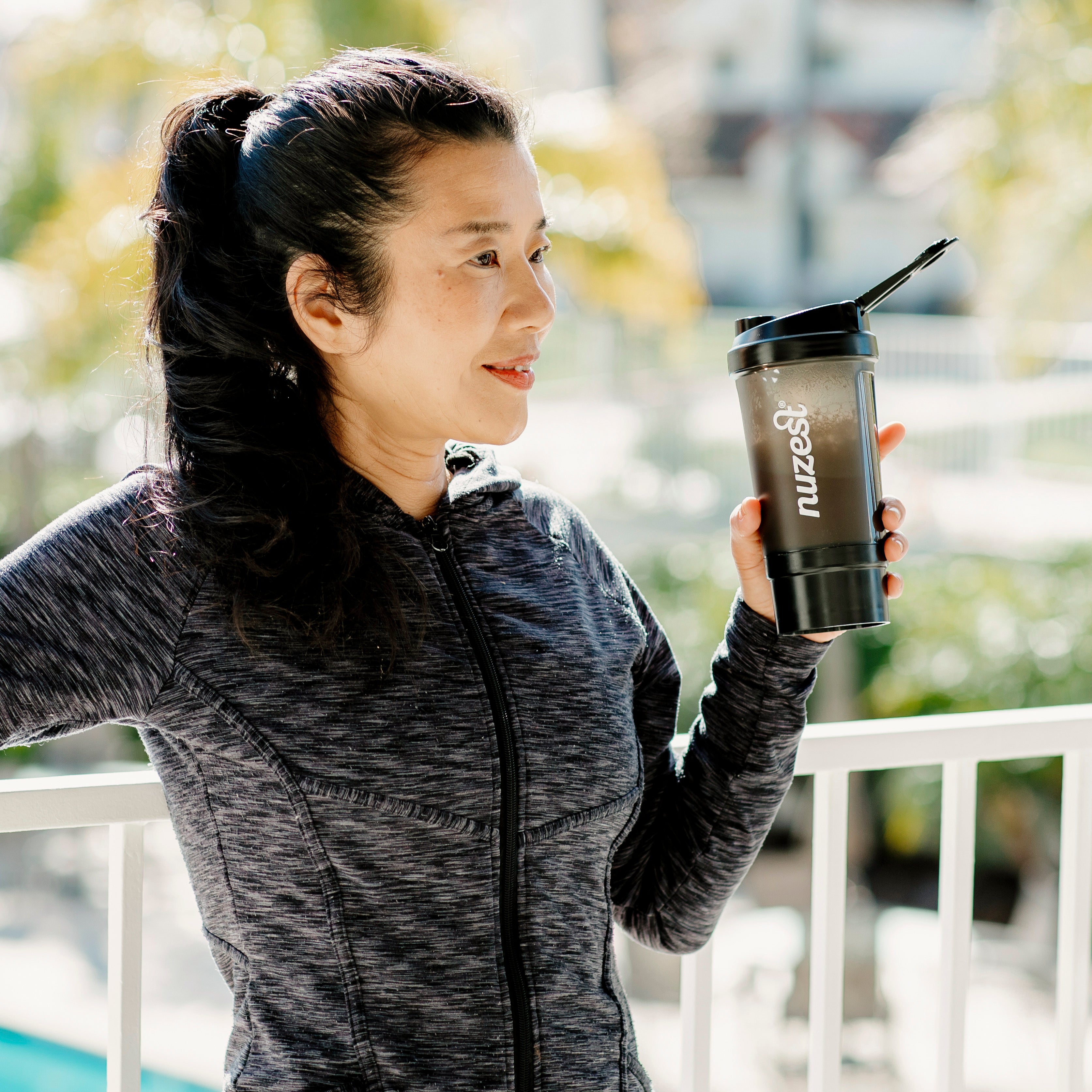The primary reason for avoiding legumes on these diets is because of the high levels of phytate in legumes. Phytic acid can bind to minerals, most especially zinc and iron, and also magnesium and calcium, rendering them inabsorbable.
Many processes help to markedly reduce the levels of phytic acid in legumes though - including soaking, soaking in an acidic medium (such as lime juice) and sprouting, and these methods have been shown to markedly increase bio-availability of mineral compounds. Interestingly these methods, most especially soaking, sprouting and soaking in a mild acid medium have been used in traditional food preparation by people the world over, including some of the remaining 'hunter-gatherer' tribes and communities in places such as the Amazon and New Guinea. Roasting of nuts, seeds and grains has also been a common way to reduce levels of phytate, and other 'anti-nutrients' making the foods more easily digested and assimilated and more nutritive.
Some of these other anti-nutrients found in many nuts, seeds, grains and legumes include lectins (proteins that certain individuals may be intolerant or allergic to) and trypsin inhibitors, chemicals that reduce the ability of the enzyme trypsin to break down large protein chains into smaller peptides.
Clean Lean Protein (a Golden Pea Protein Isolate) is processed using an enzymatic isolation process that is very gentle on the protein (it is a low heat process) but which also effectively removes almost all of the phytates, lectins and trypsin inhibitors, leaving a very high protein (approximately 90%) low carb, low fat, extremely low allergen protein, that will not predispose someone to nutrient malabsorption.
As you can see in the table below the functional properties of isolated golden pea protein are quite different to whole legumes and to the commonly used vegan protein, soy protein isolate, with between 1/60th and 1/100th of the phytate content.
Because of the low allergen and anti-nutrient content Clean Lean Protein has become a favourite of not just vegans and those with allergies, but also those following a primal or paleo style diet.
|
Antinutritional Factors |
Clean Lean Protein |
Pea (Seed) |
Soybean |
Soy Protein Isolate |
|
Trypsin inhibitor (TIA/g protein) |
2.5 |
8.1 |
101 |
73.6 |
|
Lectins (HU/mg protein) |
Approx 0.2 |
37.1 |
3.2 |
0 |
|
Tannins (mg cat eq/g protein) |
None detected |
0.96 |
0.8 |
0.25 |
|
Phytates (mg/g protein) |
1.2 |
101.1 |
89.6 |
62.7 |
|
Saponins (mg/100g) |
1 |
2.5 |
6 |
9.04 |
Selected References:
Chafen, J. J. S., Newberry, S. J., Riedl, M. A., Bravata, D. M., Maglione, M., Suttorp, M. J., ... & Shekelle, P. G. (2010). Diagnosing and managing common food allergies. JAMA: The Journal of the American Medical Association,303(18), 1848-1856.
Fang, N., Yu, S., & Badger, T. M. (2004). Comprehensive phytochemical profile of soy protein isolate. Journal of agricultural and food chemistry, 52(12), 4012-4020.
Fernández-Quintela, A., Macarulla, M. T., Del Barrio, A. S., & Martínez, J. A. (1997). Composition and functional properties of protein isolates obtained from commercial legumes grown in northern Spain. Plant Foods for Human Nutrition (Formerly Qualitas Plantarum), 51(4), 331-341.
Fredrikson, M., Biot, P., Alminger, M. L., Carlsson, N. G., & Sandberg, A. S. (2001). Production process for high-quality pea-protein isolate with low content of oligosaccharides and phytate. Journal of agricultural and food chemistry,49(3), 1208-1212.
Sandberg, A. S. (2002). Bioavailability of minerals in legumes. British Journal of Nutrition, 88(S3), 281-285.


















































